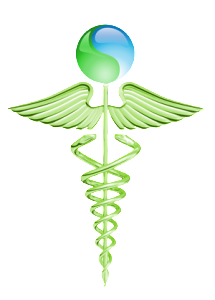
Family: Malvaceae
Genus: Hibiscus
Species: rose-sinensis, cameronii, fuscus, and others
Common names: rosemallow
General Description: Hibiscus is a highly diverse genus with about 220 species of annuals, herbaceous perennials, shrubs and trees. The shrub is the one most commonly known. Hibiscus shrub is a tropical plant that needs both light and warmth (more important) to do well. The shrubs grow to twelve feet in height. They need a lot of sunlight to bloom.
The shrub is an evergreen whose leaves resemble those of a maple tree. It is well-known for its showy flowers and is primarily used as a landscape shrub or planted in a patio pot. Hibiscus is aptly seen as the Queen of the Tropics and is also a recognized symbol of Hawaii.
Uses: Hibiscus is renowned for its beauty as well as its medicinal uses, and gardeners around the world plant this species for its showy flowers. It is used in teas, wines and tonics in tribal communities as well as the modern world. Hibiscus tea is caffeine free, with an usual and appealing taste. It is grown for worldwide distribution in Southeastern Asia, Mexico, the Caribbean, China and many African nations.
The leaves of this plant are high in vitamin C and other health properties are also attributed to its use. Hibiscus is used widely in Cuba as a tea; it is easily available there and the climate contributes to respiratory ailments that the tea seems to alleviate. In addition, white hibiscus is said to have medicinal properties according to Indian ayurvedic medicine. Hibiscus is also the source of hydroxycitric acid (HCA, or hydroxycut) an element of some weight-loss formulas. Hibiscus powder has more of a laxative effect than other forms of this herb.
A red beverage known as Karkade is made from Hibiscus. It contains citric acid and salts and acts as a diuretic. Hibiscus is also used in making soap and tea bags for bathing.
The image of this flower is ancient, appearing on Chinese silk tapestries that are centuries old.
Disclaimer: The statements contained herein have not been evaluated by the Food and Drug Administration. Any reference to medicinal use is not intended to treat, cure, mitigate or prevent any disease.

Source by Tony Mandarich
 Vitamin Agent The Health & Naturalistic Source
Vitamin Agent The Health & Naturalistic Source





